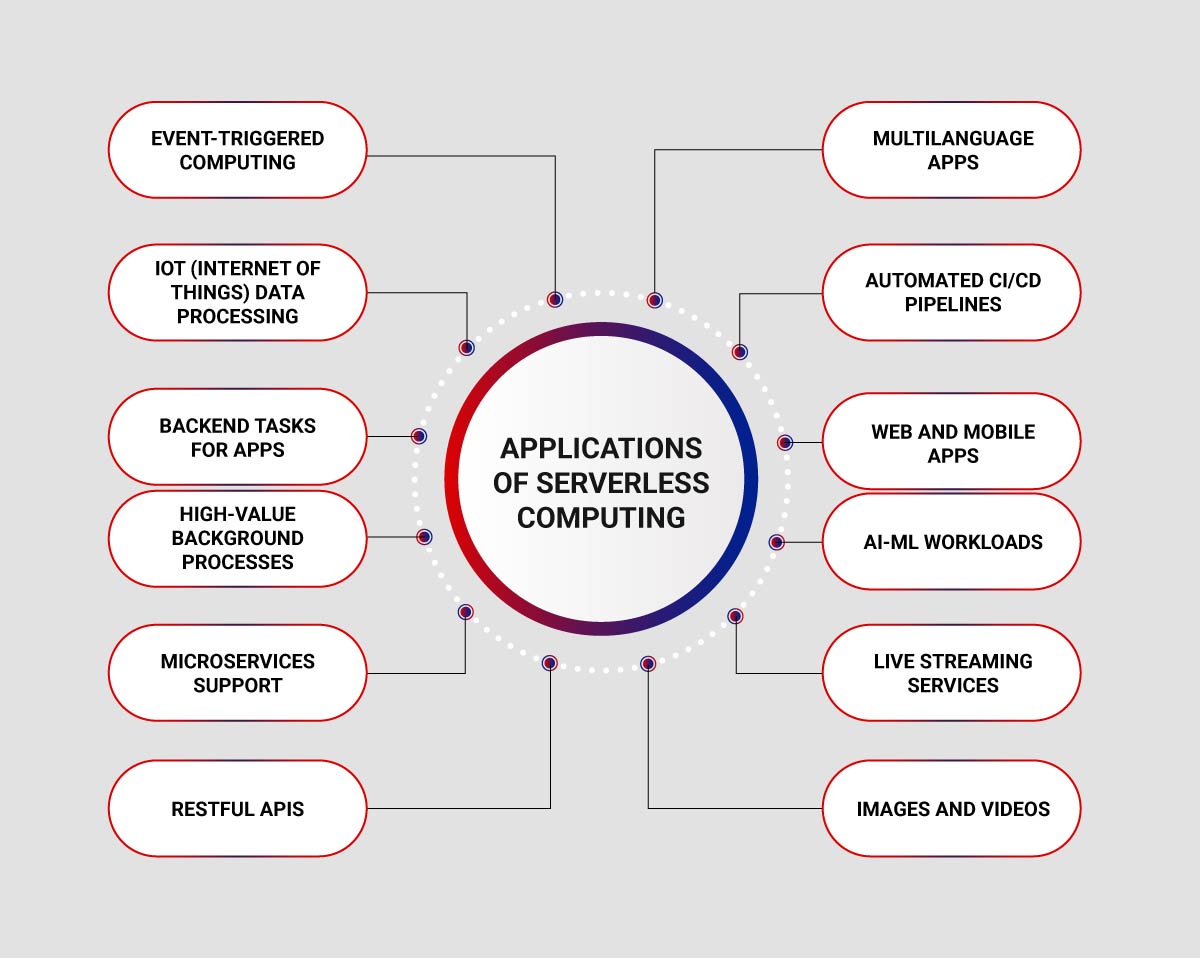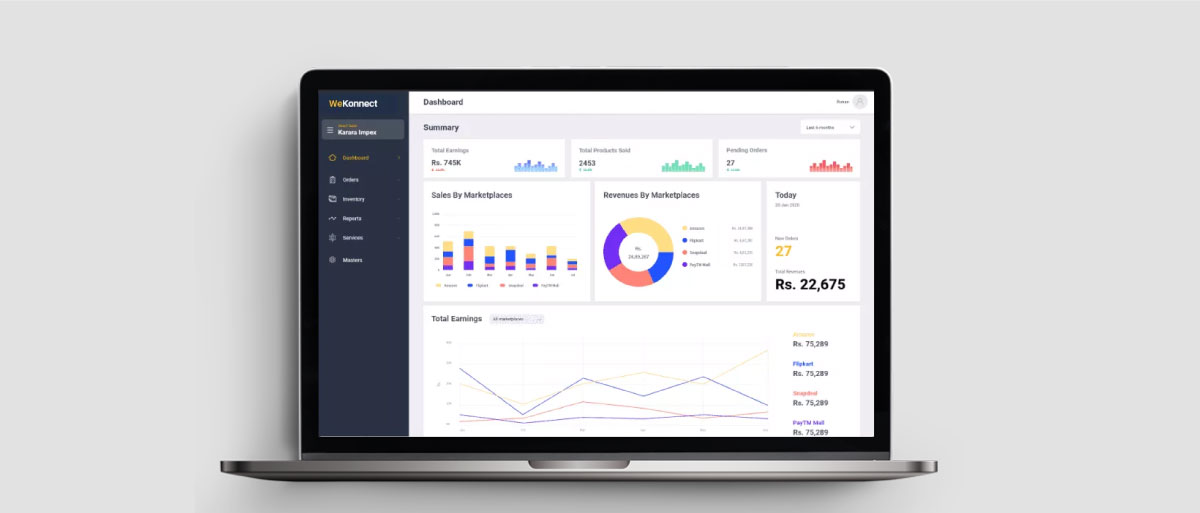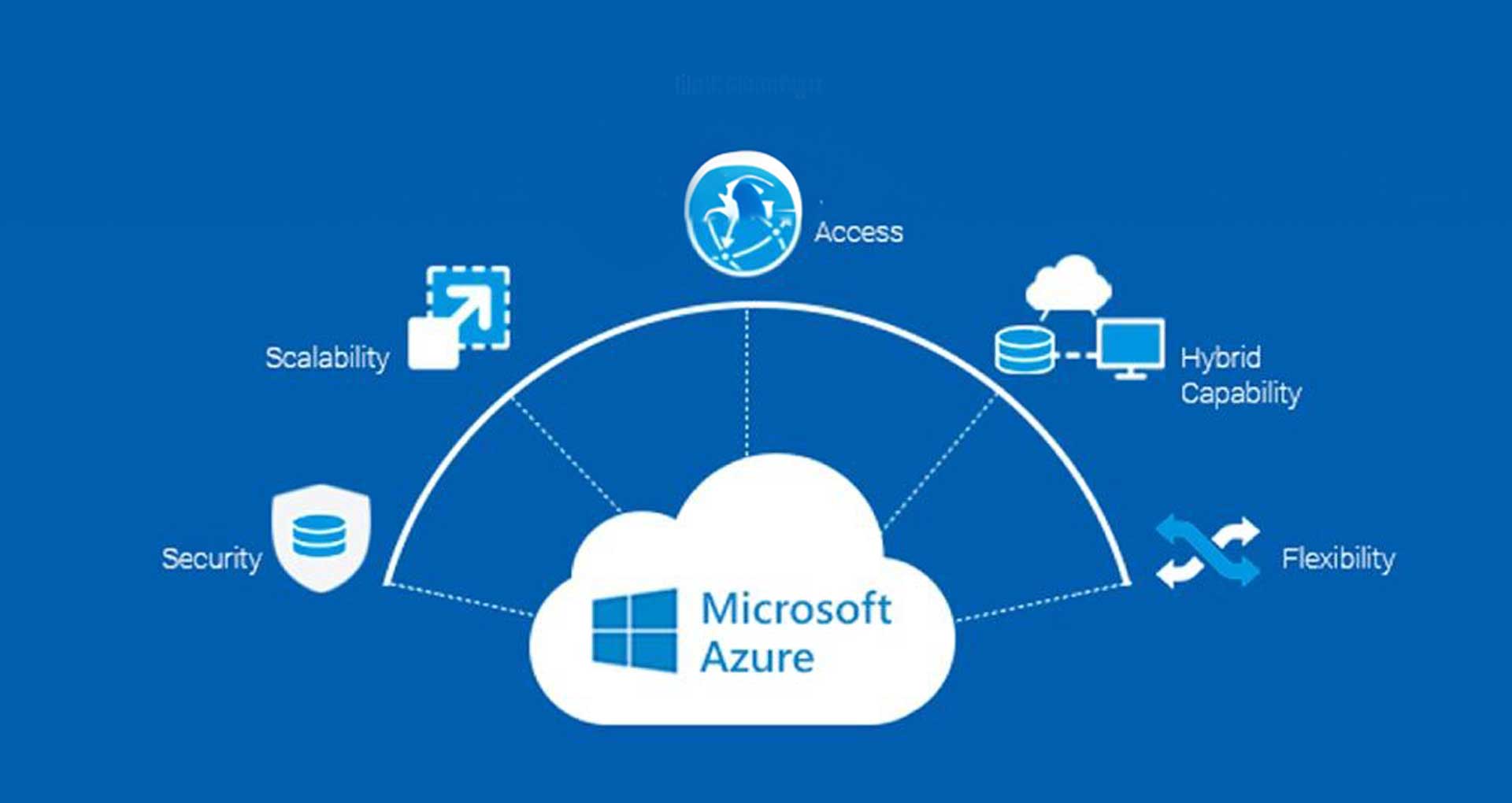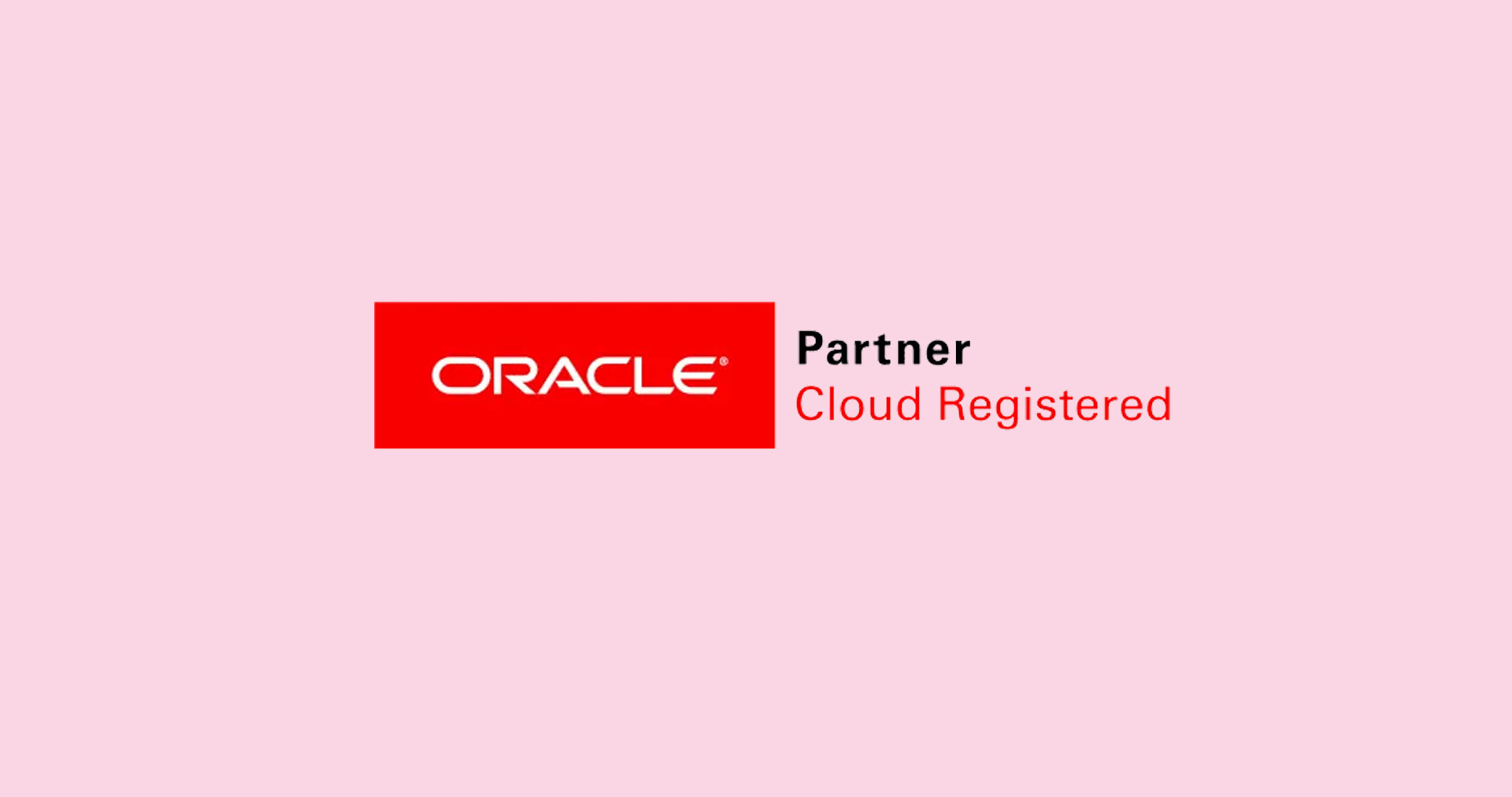Serverless technology is redefining how companies develop, utilize, and manage cloud-native applications. As businesses have strived for agility, scalability, and cost-efficiency in recent years, serverless computing has become an increasingly popular choice for building and deploying applications. Today they are highly suitable for managing dynamic workloads, infrequent run time, connected to external events, short functions, linked with other services, and variable scaling requirements that can operate statelessly. With its ability to abstract the underlying infrastructure, serverless cloud computing has emerged as a powerful tool for modern application development.
In this blog post, we’ll explore the concept of serverless computing, why you need it, its benefits when to use it with use cases, and more.
Let’s Get Started!
What is Serverless Computing?
Serverless computing is a cloud computing model that allows developers to build and run applications without managing the underlying infrastructure, such as servers, operating systems, or storage systems. With serverless computing, development teams can focus on writing code to create application functionality without worrying about the underlying infrastructure. It is cost-effective compared to on-premises servers and dedicated cloud virtual machines (VMs). Leading companies like Netflix, Coca-Cola, and Slack use serverless to deliver high-performance, elastic apps.
It works by running application code in ephemeral containers that are dynamically allocated and managed by the cloud provider. The cloud provider handles the containers’ scaling, availability, and security. The developer only pays for the number of computing resources consumed by the application rather than paying for a fixed amount of help you need all the time.
Serverless computing is often used for event-driven applications that run short-lived tasks, such as processing data streams, handling API requests, or running scheduled tasks. It can also be used for building microservices, which are small, independent components that work together to create a more extensive application. Serverless computing offers several benefits: increased scalability, reduced operational costs, and faster application time-to-market.
Did You Know?
The global serverless computing market will increase by over 23.17% CAGR between 2023 and 2028, suggests a Mordor Intelligence report.
How does Serverless Computing Work?
The serverless architecture differs from other cloud computing models, where the provider manages the server infrastructure and the resources required to run the application.
- The application runs in a containerized environment that the cloud provider provides. The container is triggered by events or requests that the user makes. When an event occurs, the cloud provider allocates the required resources and starts the container to execute the application code.
- Once the code is executed, the container is stopped & the resources are released. The cloud stops charging you when your code is running. It means that you pay only for the utilized cloud resources. Other cloud computing models like IaaS (Infrastructure as a Service) require you to purchase capacity units in advance. The pricing model of serverless computing is based on the number of requests made to the application and the resources used by the application. This model is more cost-effective than traditional computing models, as the user only pays for the resources used during the execution of the application code.
- You can create an entirely serverless application or a partially serverless and partially traditional microservices-powered app. The components of a typical serverless architecture include the client interface, the API gateway, a FaaS (Function as a Service) solution, servers, security services, and a backend database.
- You can utilize purpose-built FaaS offerings like AWS Lambda for Amazon Web Services (AWS) and Microsoft Azure Functions for Azure. These functions read the backend database upon your requests or when computing.
This scalable, flexible, and cost-effective model makes it an attractive option for many businesses and developers.
Pros and Cons of Serverless Computing
Pros of Serverless Computing Include the Following:
- Lower Cost: Cloud users often pay for idle computing or unused space as they are required to commission and decommission resources. Serverless computing utilizes autoscaling for the provisioning of resources. It starts billing you only after an event or request gets triggered and stops billing when the task is complete. So, you do not get billed when your cloud resources are not in use, making this cloud computing model cost-effective.
- Scalability: With serverless computing, resources are automatically scaled up or down based on the demand, which allows for greater flexibility and efficient resource utilization.
- Faster Deployment: Enables development teams to quickly deploy applications & workloads like data processing, stream processing, and parallel processing without setting up and configuring servers.
- Reduce Administrative Overhead Hassles: The serverless providers take on the tasks of managing the servers and the backend operations on your behalf. Ensures development teams focus on application development rather than server maintenance and management. So, you can lower infrastructure costs, operational spending, and struggles to manage them by using fully managed services with the serverless model.
- Faster Time To Market: Developers can add and modify code gradually without worrying about a complicated deployment process with serverless. With reduced operational dependencies on each development cycle, they can deliver more functionalities in lesser time and accelerate the time to market. They can deploy cloud native apps within hours or days, not weeks or months. Please read our blog for the benefits of cloud native applications.
- Enhanced Productivity: As serverless cloud computing allows your IT team or developers to deliver more features and applications in less time, it increases their productivity. When using FaaS (Function-as-a-service), developers need not write complex backend code. They can create simple functions that need to perform just one task, making an API call. You can further streamline app development by utilizing BaaS (Backend-as-a-Service).
- Operational Resilience: Your organization gains operational resilience as there are no or fewer unplanned outages or downtime resulting in less MTTR (mean time to repair).
- Better Utilization Of Resources: Your company’s total cost of ownership (TCO) decreases as you shift to serverless cloud computing. So, you can reallocate your resources to accelerate activities directly impacting business growth.
Like every cloud computing model, serverless is not suitable for everything. At the same time, it has few drawbacks, and disadvantages.
Cons of Serverless Computing Include:
- Vendor Lock-in: As serverless providers manage the provisioning of resources and backend activities, the services may vary from one vendor to another. The new vendor’s specifications could be different and require you to upgrade systems.
- Not Suitable for Apps That Run Longer: Virtual Machines or dedicated servers are better suited for applications performing long-running tasks. Despite its many advantages, the serverless model is costly in this case.
- Latency: The serverless platform has a cold start, i.e., it performs slowly when handling a function for the first time. So, there is a delay with new functions.
- Difficulty Debugging: Debugging a serverless function is difficult because you can’t accumulate the required data. Whenever a serverless instance spins up, it transforms into a new version, and no data is available.
- Low Customization and Flexibility of Systems: Serverless providers could impose strict constraints on how the components interact, affecting your system’s customization and flexibility.
Serverless Computing Use Cases

Serverless computing has many applications. So now you can stop wondering when to use serverless services. Here are some of its popular applications:
- Event-Triggered Computing: It is helpful for situations involving many devices accessing different file types like images, texts, videos, mobile phones, computers and more.
- IoT (Internet Of Things) Data Processing: It offers a cost-effective and functional way to combine, analyze, and manage data from numerous IoT devices.
- Backend Tasks For Apps: Serverless functions can perform any request from an application’s or site’s front end. It can run scheduled jobs at set intervals, like analyzing logs and cleaning databases
- High-Value Background Processes: It performs tasks like transferring data for long-term storage, data cleaning, analysis, etc.
- Microservices Support: For data migration and data analysis, serverless helps build data processing pipelines that run as a microservice in the background. Serverless features like rapid provisioning, autoscaling, and pricing models have made it popular for supporting microservices architectures.
- RESTful APIs: It helps build RESTful APIs that serve as integrations on web and mobile apps and can be scaled up on demand.
- Multilanguage Apps: Serverless is a multilingual environment that helps you write applications in any language or framework you choose, like Java, Node.JS, Python, etc.
- Automated CI/CD pipelines: With CI/CD (Continuous Integration and Continuous Delivery/Deployment), developers can ship updates and bug fixes. They can also automate many workflows in the CI/CD pipelines using serverless architectures.
- Web And Mobile Apps: Serverless helps build feature-rich and highly functional web and mobile cloud-native applications.
- AI-ML Workloads: One of the widespread use cases of serverless cloud computing is supporting Artificial Intelligence and Machine Learning workloads.
- Live Streaming Services: Serverless is faster and more efficient than traditional cloud-based servers in handling data streams. It needs to compute only one function after a cold start.
- Chatbots: As serverless is highly scalable, it is suitable for apps like chatbots that witness vast and sudden traffic.
- Images And Videos: It helps to dynamically resize images and modify video transcoding for different devices.
Serverless vs Traditional Architecture
Serverless architecture and traditional architecture are two different approaches to building applications.
Traditional architecture typically involves running applications on dedicated servers, where developers manage the infrastructure, operating system, and application software themselves. It means they must worry about scaling the server capacity, ensuring high availability, and dealing with any issues. Traditional architecture often requires more upfront investment and ongoing maintenance.
On the other hand, the serverless architecture allows developers to build and run applications without managing the underlying infrastructure. Instead, the cloud provider collects the servers, operating system, and other resources, and the developer only needs to focus on writing the application code. In a serverless architecture, the application is broken down into smaller functions that can be executed independently in response to events without keeping the server running constantly.
There are several cloud architecture models, like PaaS (Platform as a service), Containers, and Virtual Machines (VMs). Here’s a comprehensive comparison table of Serverless Computing against PaaS, Containers, and VMs or IaaS (Infrastructure as a Service).
Provisioning Time
- Serverless: Milliseconds
- PaaS: Minutes to Hours
- Containers: Minutes to Hours
- VMs (IaaS): Minutes to Hours
Maintenance
- Serverless: Service Provider
- PaaS: Service Provider
- Containers: Service User
- VMs (IaaS): Service User
Administrative Burden
- Serverless: None
- PaaS: Light
- Containers: Medium
- VMs (IaaS): Heavy
Resource Utilization
- Serverless: No idle capacity
- PaaS: Some degree of idle capacity
- Containers: Some degree of idle capacity
- VMs (IaaS): Some degree of idle capacity
Capacity Planning
- Serverless: No
- PaaS: Yes
- Containers: Yes
- VMs (IaaS): Yes
Statelessness
- Serverless: The state is maintained in an external service or resource
- PaaS: Stores state in memory
- Containers: Stores state in memory
- VMs (IaaS): Stores state in memory
High Availability & Disaster Recovery
- Serverless: No extra effort and at no additional cost
- PaaS: Requires additional cost and management effort
- Containers: Requires additional cost and management effort
- VMs (IaaS): Requires additional cost and management effort
Billing Granularity & Savings
- Serverless: Metered in units of 100 milliseconds
- PaaS: Metered by the hour or the minute
- Containers: Metered by the hour or the minute
- VMs (IaaS): Metered by the hour or the minute
Scaling
- Serverless: Instant autoscaling to zero
- PaaS: Slow scaling and not to zero
- Containers: Slow scaling and not to zero
- VMs (IaaS): Slow scaling and not to zero
List of Serverless Providers
Several serverless providers are in the market, each offering unique features and capabilities. Here is a list of some of the most popular serverless providers:
- AWS Lambda: Amazon Web Services (AWS) Lambda is a popular serverless provider that allows users to run code without the need to manage servers. It supports several programming languages, including Java, Python, Node.js, and more. Leverage our AWS cloud consulting and application development services that combine the flexibility & scalability of the AWS platform.
- Microsoft Azure Functions: Microsoft Azure Functions is a serverless computing service that enables users to run code in response to events. It supports several programming languages, including C#, Java, JavaScript, and Python. Leverage our Microsoft Azure Consulting and Development Services that can help you host or migrate your applications or build and deploy new apps on the cloud by leveraging SaaS, PaaS & IaaS service models.
- Google Cloud Functions: Google Cloud Functions is a serverless platform that enables users to deploy and run code in response to events. It supports several programming languages, including Node.js, Python, and Go.
- IBM Cloud Functions: IBM Cloud Functions is a serverless platform that allows users to run code in response to events. It supports several programming languages, including Java, Node.js, Python, and more
- Alibaba Cloud Function Compute: Alibaba Cloud Function Compute is a serverless computing service that enables users to run code in response to events. It supports several programming languages, including Java, Python, and Node.js.
- Auth0 Webtask: Auth0 Webtask is a serverless platform that enables users to run code in response to events. It supports several programming languages, including Node.js, Python, and more.
These are just a few examples of serverless providers available in the market. Each provider offers different features and capabilities, so it is essential to evaluate each to determine which best fits your needs.
How Can Rishabh Help with Serverless Computing?
We provide end-to-end cloud app development with a team of highly skilled and experienced cloud development engineers and technical architects.
Our team can help you with serverless computing in several ways, including:
- Consultation: We can provide consultation services to help you understand serverless computing and its benefits. They can help you determine if serverless is the right fit for your business needs and assist you in selecting the appropriate cloud service provider.
- Development: Our team develops serverless applications for you. They can write code for serverless platforms such as AWS Lambda and Azure Functions and help you build serverless architectures that are highly scalable, cost-effective, and performant.
- Migration: If existing applications run on traditional servers, Rishabh can help you migrate them to a serverless architecture. They can analyze your current infrastructure, design a migration plan, and execute the migration process smoothly.
- Maintenance: We provide ongoing support and maintenance services once your serverless application runs. They can monitor your application, ensure its optimal performance, and help you troubleshoot any issues that may arise.
Success Story: Multi-channel e-Commerce Management Solution using AWS and Tableau

An eCommerce company wanting to boost sales and expand brand reach had a vision for a cloud-based multi-channel marketplace solution development. They wanted to move the existing solution to an event-driven architecture and go cloud-native using an AWS services-based API factory model.
Our team aligned with the client’s Enterprise Information Management (EIM) architecture and helped them utilize convenient AWS native services. We helped them conclude design considerations and choice of business layer components. Our team accounted for app availability, scalability, performance, responsiveness, and traffic composition. We implemented the Tableau BI software to derive insights into multiple business aspects like inventory, vendor management, sales, etc.
Benefits Delivered;
- 80% client retention with a focus on quality
- 4x increase in operational efficiency
- Modern & responsive user experience to increase user satisfaction
Read more about how the multi-channel e-Commerce management solution enabled Asian start-ups to unify buyer-seller engagement.
The Takeaway
In conclusion, serverless computing has emerged as a promising technology for modern application development. The adoption is increasing due to its more straightforward and cost-effective way of building and operating cloud-native applications. Its ability to abstract away the infrastructure layer and handle all the underlying complexities allows developers to focus on their core business logic. Serverless computing enables developers to write more efficient and scalable code with lower operational costs, making it an ideal choice for startups and enterprises alike.
Further, its pay-as-you-go model, autoscaling, and backend management features add to its popularity. Now that you understand serverless cloud computing, its pros and cons, use cases, and much more, you can make an informed decision to incorporate it into your company’s IT strategy. As technology continues to evolve, we can expect to see more innovation in this space, and it will undoubtedly play a significant role in the future of cloud computing.











 30 Min
30 Min


